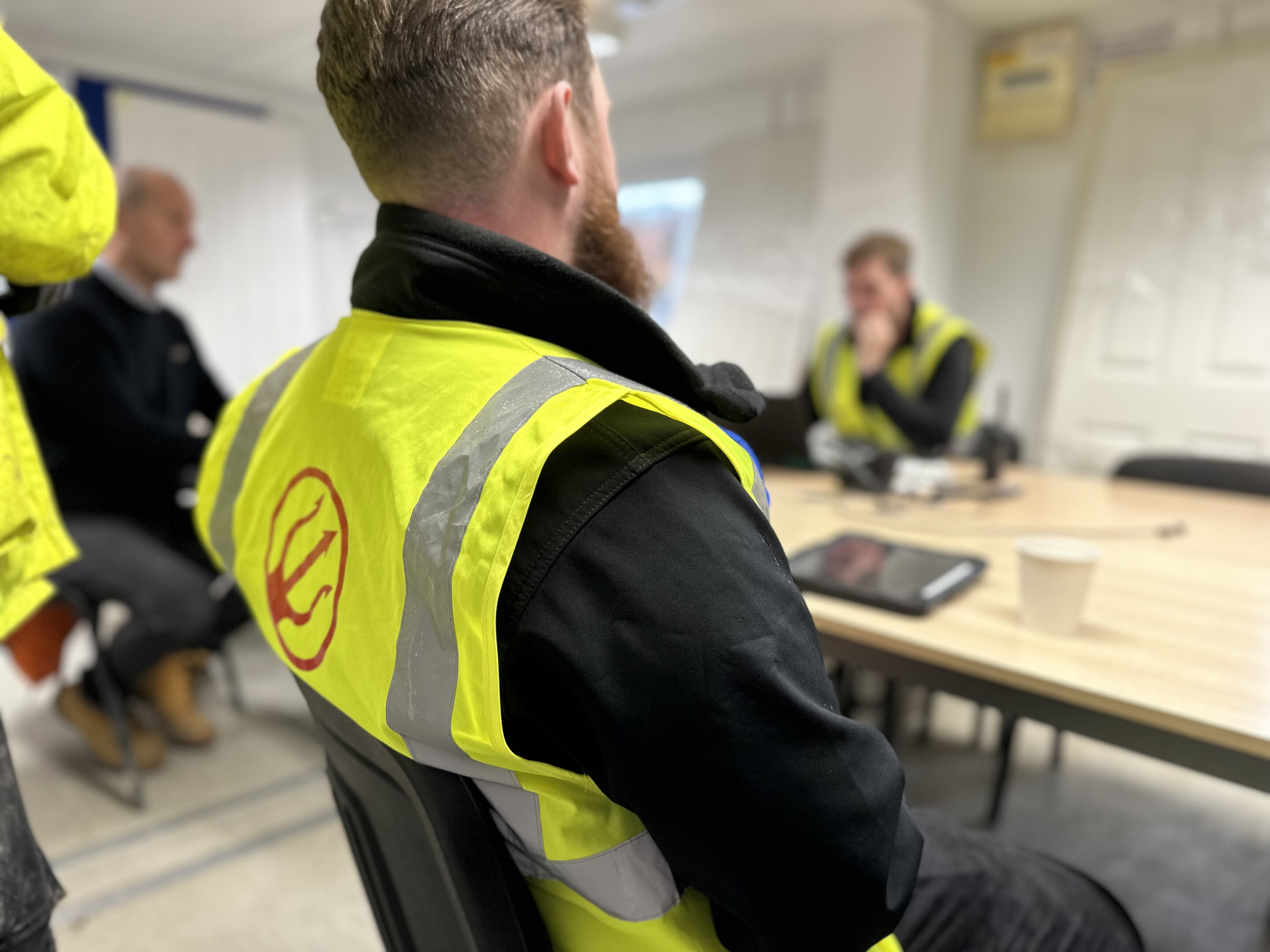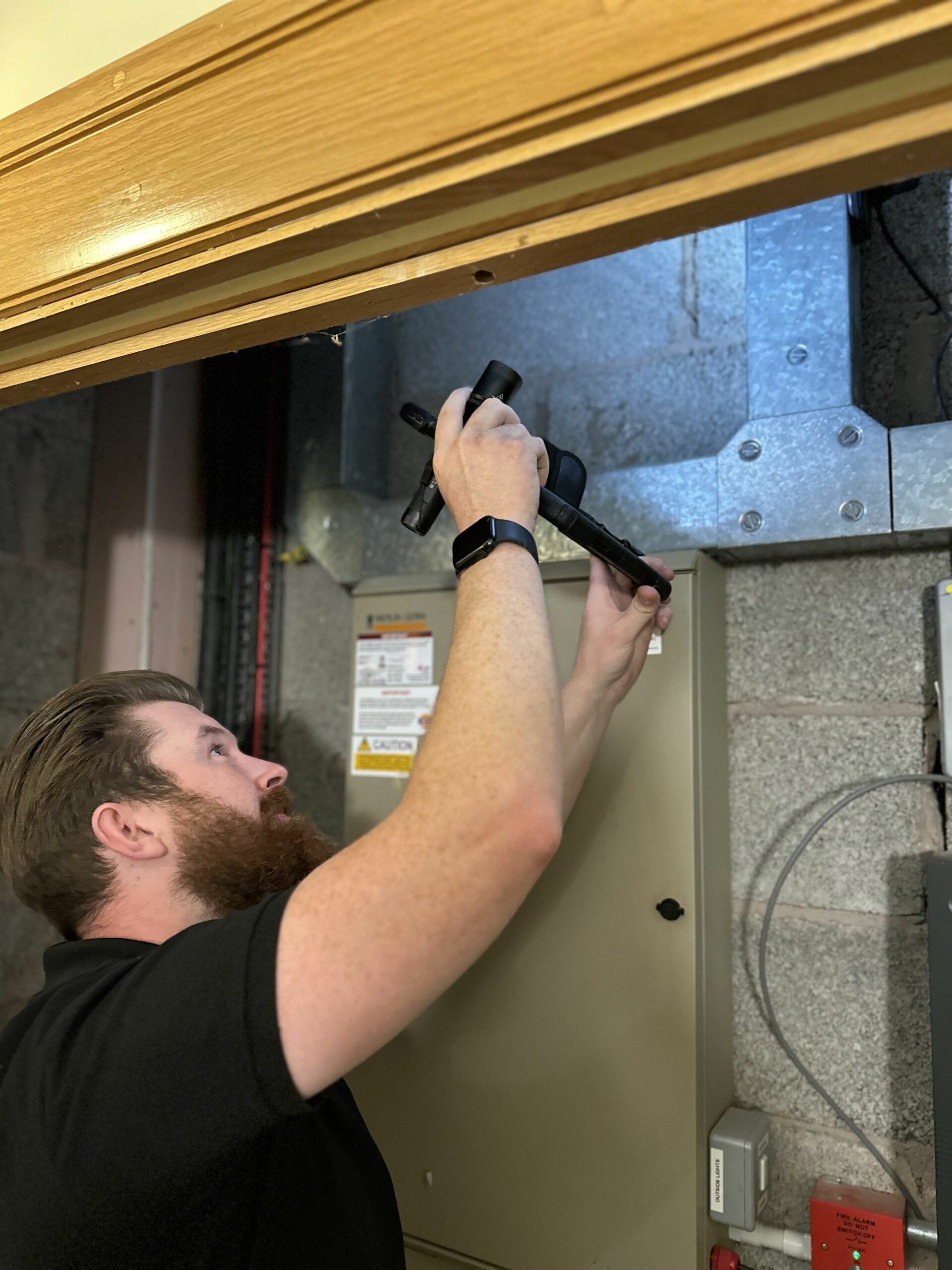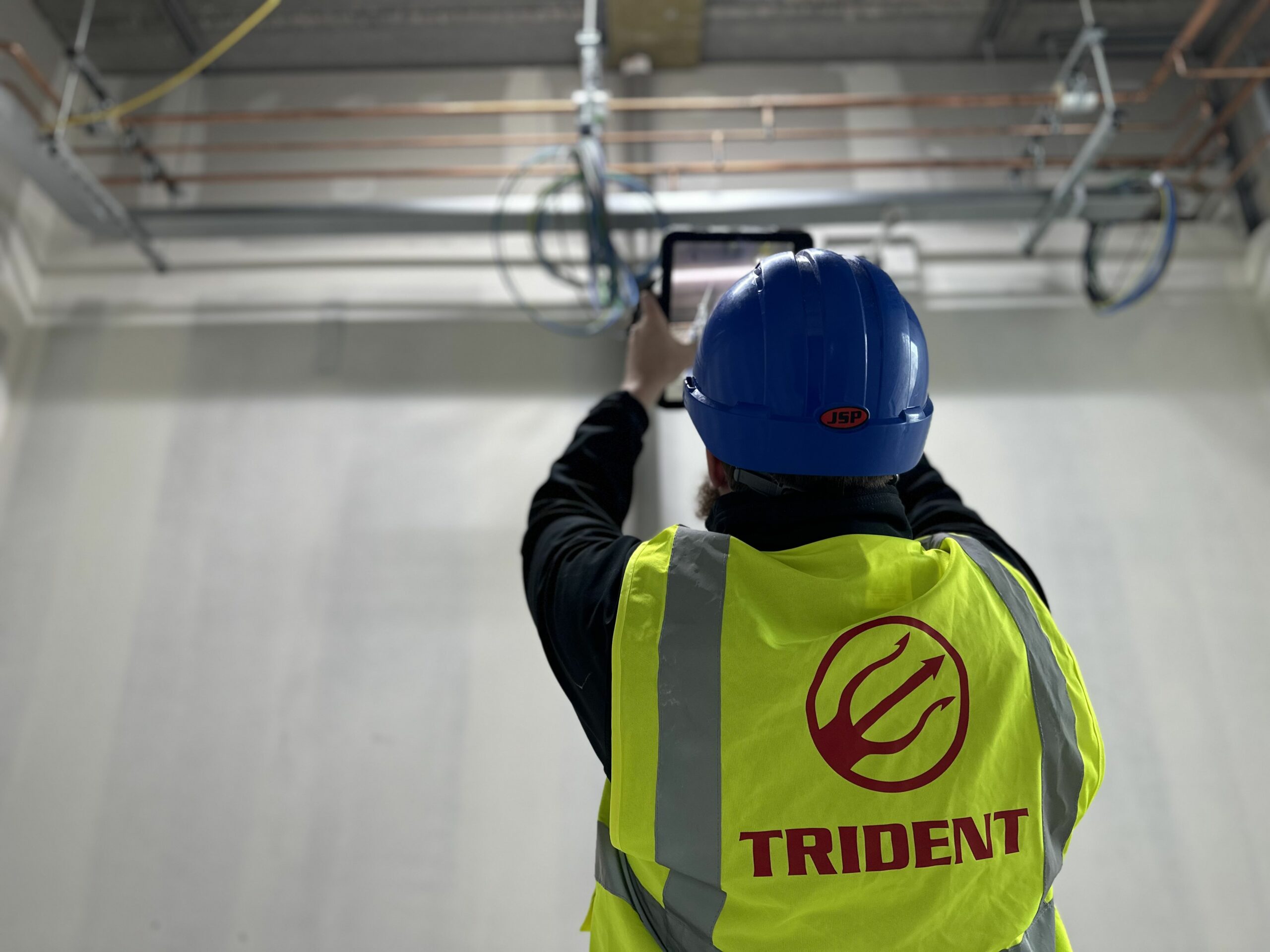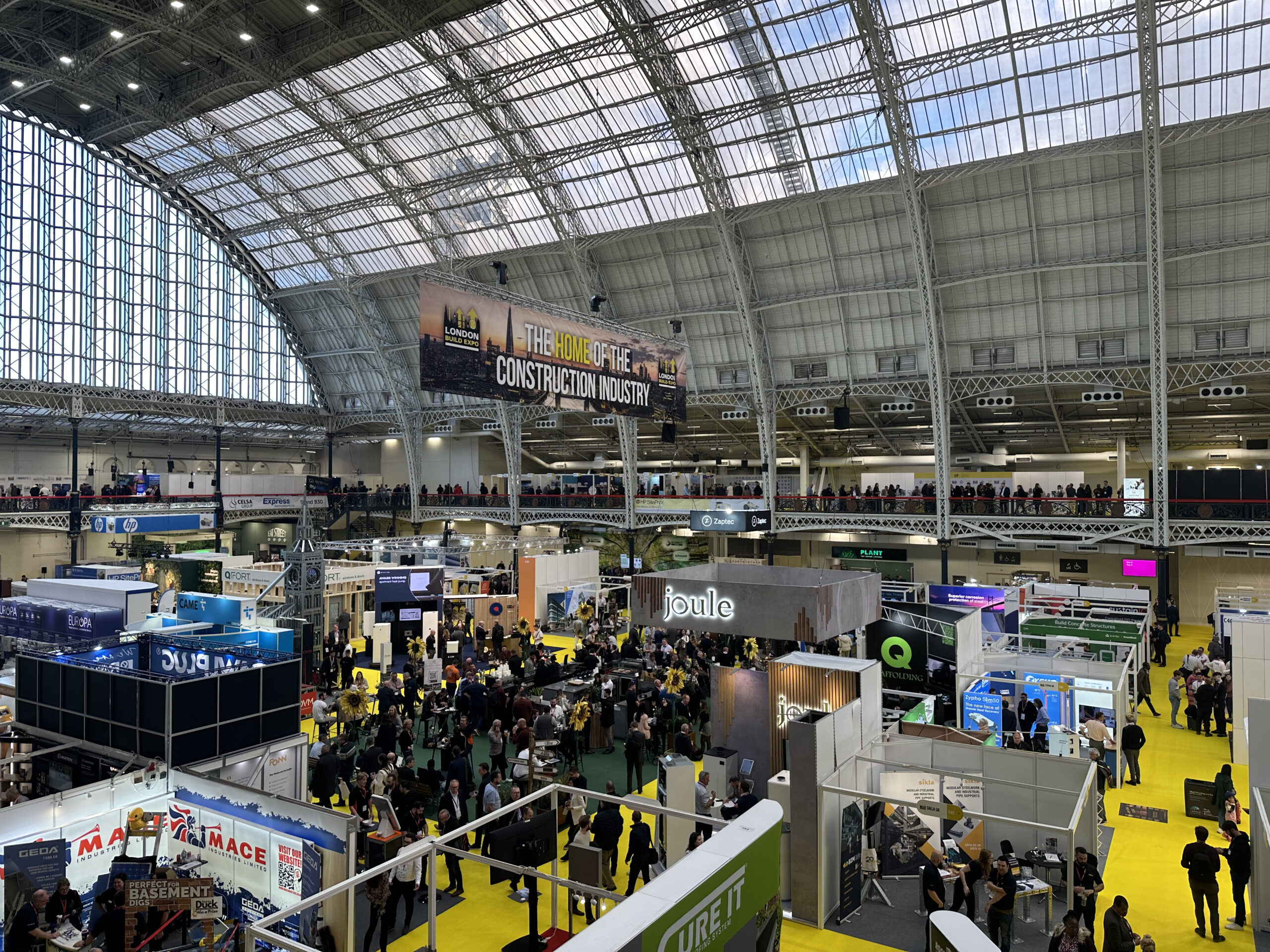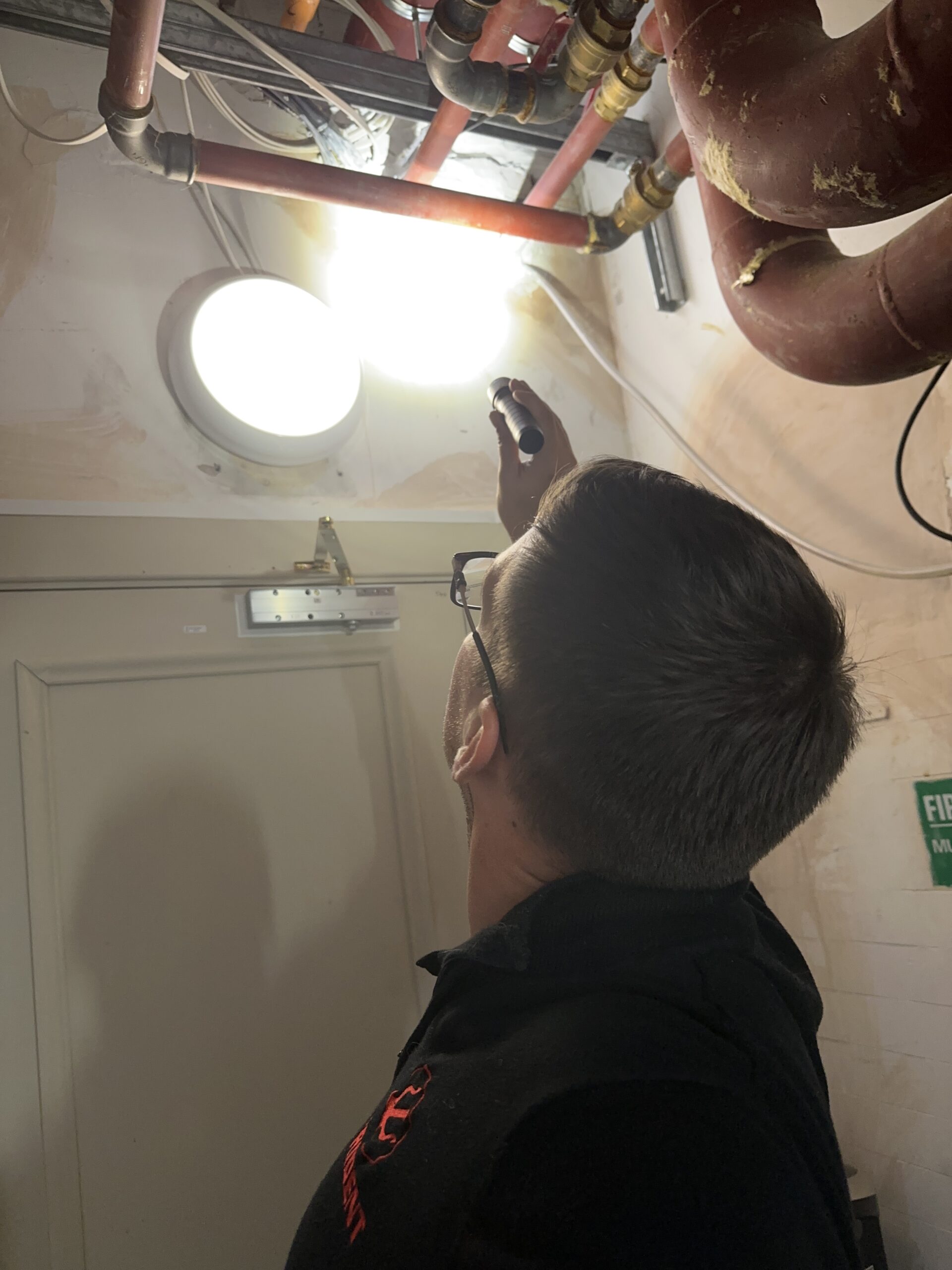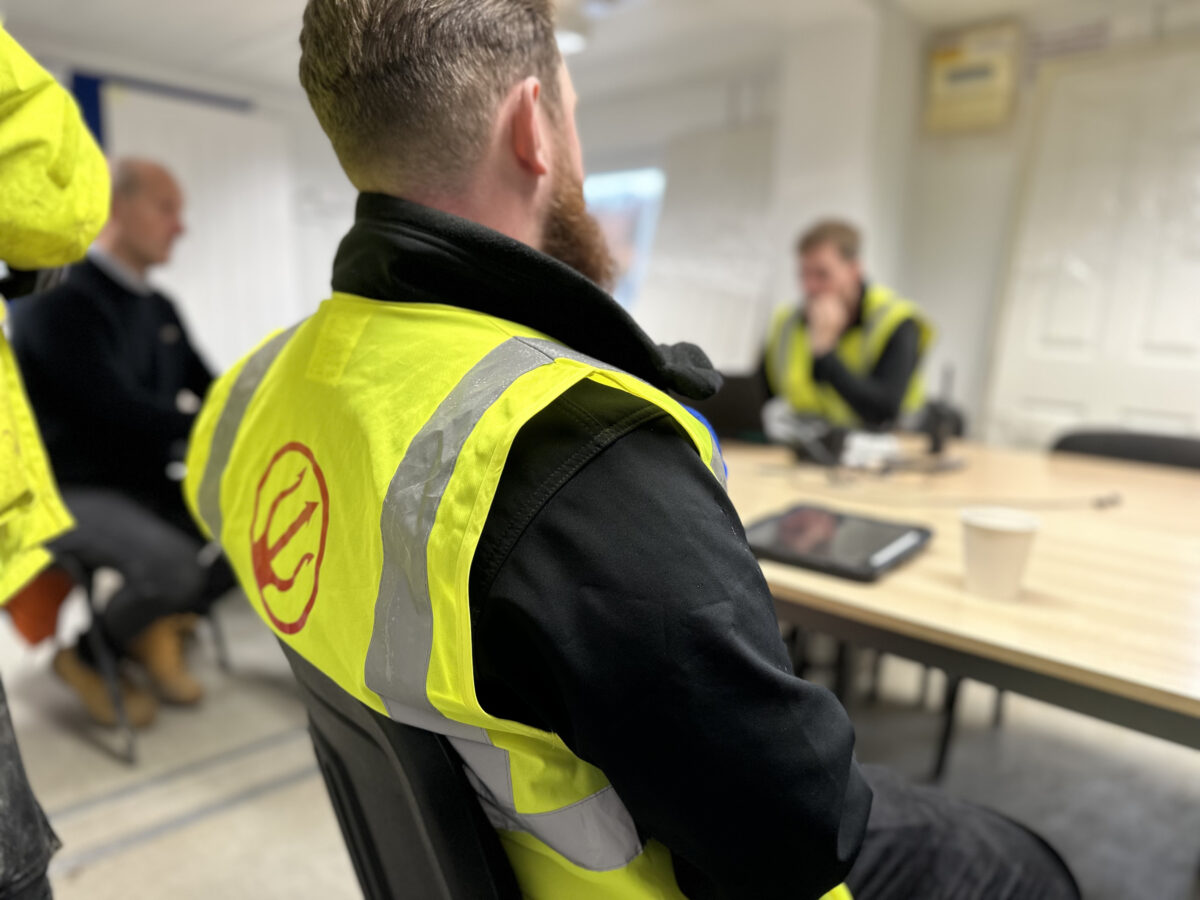It is not a surprise to anybody working in the construction and fire safety industry today that times have changed. We have moved into a new era. Now, there are some people who are heralding this as a revolutionary change, and it is. We are heading in a positive direction with regards to building design and building construction.
However, it is foolish to believe that the changes to industry and the way we operate in the UK are not going to affect us all. It is not going to be the case of “carry on as usual”. There are massive and significant impacts that will affect all corners of the construction industry, and right now it seems that the industry is not fully prepared for it.
The latest regulations, standards and procedures (as well as all the recent reports and policies) on buildings, construction and fire safety are putting an emphasis on the golden thread of information. This is essentially putting responsibility (and liabilities) on people who are involved with construction and maintenance from day one until the end of time.
Who is doing what? What are you using? Why are you using it? Where are you using it? Is it correct and the right material or system to use? Who is installing it? Are they competent? Will they record it? Will these records be retained? How will they be retained?
These are not new questions!
These are questions that everyone should have been asking every day when they are building, or when they are getting contractors in to carry out maintenance. Unfortunately, there were a variety of factors which meant these questions either did not get asked or did not get answered. I have been in the fire safety industry for over ten years and I have heard every excuse under the sun.
This is how I’ve always done it.
Building Control are signing it off.
It’s too inconvenient.
It’s slowing down my programme.
It costs too much.
It’s not that important.
I’ll get the labourer to do it.
Who cares?
Unfortunately, for a long time, it seems that fire safety and ‘doing the right thing’ fell by the wayside, and things such as programme and profit took priority. Now these are important–it makes the construction world go round. But fire safety seemed to take such a low priority it was almost non-existent.
Now, we all know why this has changed. But to quote a well-known musical–“the world is turned upside down”. Because of the new changes and requirements that have been brought into force, we all need to get up to speed, and fast. There needs to be an industry wide attitude change and we all need to buy-in to it so that the industry can continue in a productive and efficient manner. Otherwise, with very little exaggeration, the construction industry will grind to a halt.
So what is this change? Buildings will now need to be designed earlier and will need to be more detailed. Specifications will need to be that: specific. There will not be any generic guidance on what works will be carried out, or what materials are to be used. The building designers will need to consider the specific material and system to be used and then mandate that it be used, not leaving the product choice to others for which the main contractor (or the building end user) will have no idea what it is. The design of the building must be specific and detailed. More importantly, it will need to be designed before the works commence on site. Design and build will soon be a thing of the past. The construction industry will need to embrace a philosophy of “Design then Build”.
This will particularly be the case with fire protection. Building designers will now need to identify the specific systems they intend to use on the project, and detail how they will be used and installed. Generic details showing some plasterboard, or ablative batt, or mastic, be used in generic situations will no longer be acceptable. There will need to be specific drawings, for specific situations, with specific products and systems. No more guesswork, no more problem solving when the situation rears it’s head on site during the build. Details, drawing and solutions should be ready before the situation even exists.
This might seem like an impossible task. And it is a stark contrast compared to way things were. But it is going to be the future of construction and we will need to get on board, or be left behind. One way to make this process easier is early engagement with a fire protection specialist. Get a consultant on board early who can advise you on what you can and can’t do with fire protection, and when problems occur during the design they can find you solutions to get you back on track.
Trident Fire Compliance can be your fire protection expert during these early design processes. As an independent fire protection consultant, we know what systems can be used to achieve the goals of your building design, or where no solution is possible, help work with your design team to best overcome the situation. Our in-depth knowledge of passive fire protection systems will mean that we will be able to guide you to every solution you need.
We can also provide assistance with compliance inspections during your build which will further confirm that the design of the building is being implemented correctly. Our final compliance reports for passive fire protection installations will help provide assurance to you, and the Building Safety Regulator, that fire protection has been installed correctly.
Get in touch to discuss how Trident can help you on your project.
